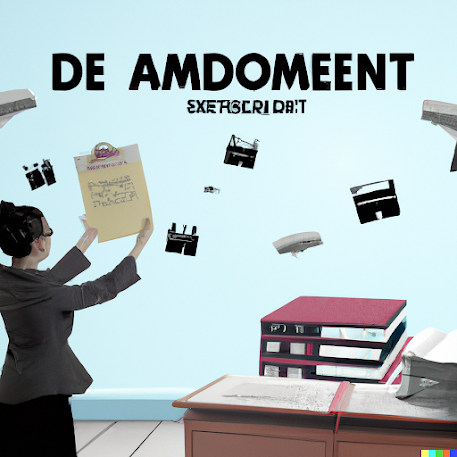The best answer to the question How do you use candlesticks for entry signals in swing trading?
How do you use candlesticks for entry signals in swing trading?
Candlestick charts are a popular technical analysis tool that can be used to generate entry signals in swing trading. Candlestick patterns can indicate potential changes in the market trend or indicate potential buying or selling opportunities.
Here are a few examples of candlestick patterns that can be used as entry signals in swing trading:
Bullish reversal patterns: such as the hammer, the bullish engulfing pattern, or the piercing line pattern, suggest that the market may be reversing from a downtrend to an uptrend. These patterns can be used as a signal to buy.
Bearish reversal patterns: such as the hanging man, the bearish engulfing pattern, or the shooting star pattern, suggest that the market may be reversing from an uptrend to a downtrend. These patterns can be used as a signal to sell or short.
Continuation patterns: such as the bullish harami or the bearish harami, suggest that the current trend is likely to continue. These patterns can be used to confirm the current trend and make a trade in the same direction.
It's important to note that candlestick patterns should not be used in isolation, but rather in conjunction with other technical analysis tools such as support and resistance levels, trend lines, and indicators. Also, it's important to consider market context, such as economic news and events, as these can affect the strength and reliability of candlestick signals.
how to read hybrid leading indiators to confirm that the run is a strong moentum or velocity run for swing trading.
Hybrid leading indicators are a combination of different types of indicators that can be used to confirm the strength and velocity of a market run for swing trading. To read these indicators, you should consider the following:
Look for confirmation from multiple indicators: Use a combination of indicators from different categories such as trend indicators, momentum indicators, and volatility indicators. The more indicators that confirm the current market trend, the stronger the signal.
Look for divergence: Divergence between the indicator and the market price can signal a potential reversal in the trend.
Look for bullish or bearish signals: Bullish signals suggest that the market is trending upward, while bearish signals suggest that the market is trending downward.
Consider the overall market context: The overall market context, including economic news and events, can affect the strength and reliability of indicator signals.
Time frame: It's important to use appropriate time frames for your indicators, such as using a shorter time frame for momentum indicators, and a longer time frame for trend indicators.
Some examples of hybrid leading indicators are:
Relative Strength Index (RSI) and Moving Average Convergence Divergence (MACD)
Moving Average (MA) and Bollinger Bands (BB)
The Ichimoku Kinko Hyo
It's important to note that no indicator is perfect, and no single indicator can provide a complete picture of the market. It's important to use a combination of indicators and to combine them with other forms of analysis such as price action analysis, market context analysis and risk management strategies to make more informed trading decisions.



Comments
Post a Comment